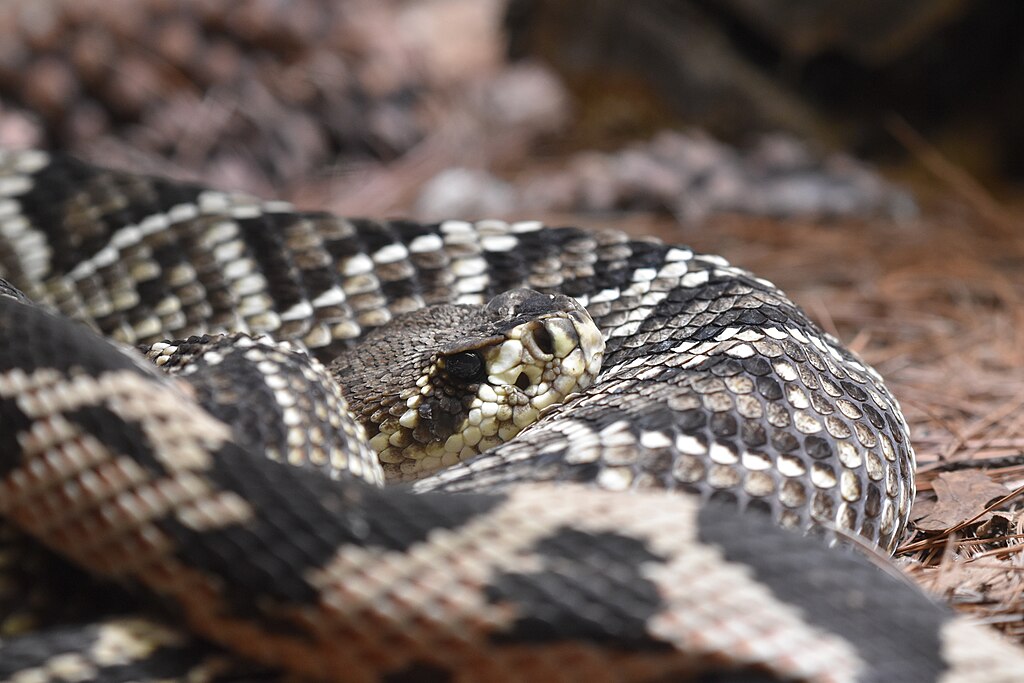The mysterious appearance of snakes following soil disturbance has puzzled and sometimes alarmed gardeners, farmers, and construction workers for generations. Whether you’re tilling a garden bed, excavating for a new building foundation, or simply moving a pile of mulch, you may have noticed that these slithering reptiles seem to materialize almost as if summoned by the activity. This phenomenon isn’t merely coincidental but rooted in snake biology, ecology, and behavior. Understanding why snakes are attracted to freshly disturbed earth not only satisfies our curiosity but also helps us coexist more safely and comfortably with these important members of our ecosystem.
The Biological Attraction of Disturbed Soil
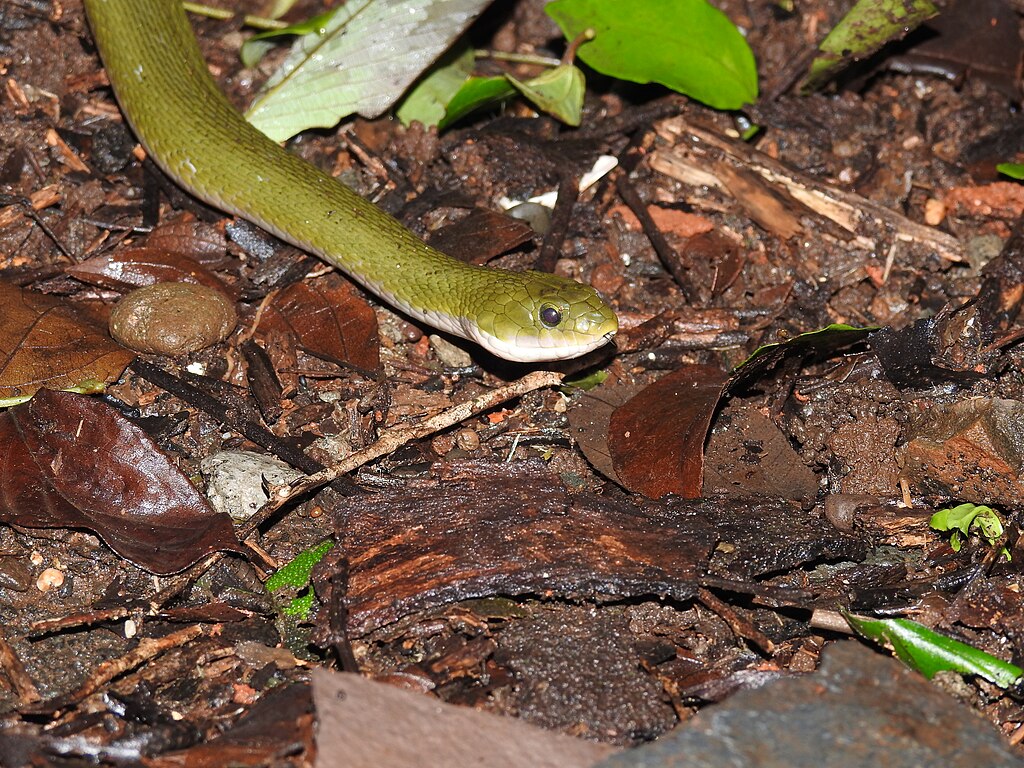
Snakes possess highly specialized sensory systems that allow them to detect subtle changes in their environment, making newly disturbed soil a beacon for their attention. Their bellies contain sensitive nerve endings that can detect minute vibrations traveling through the ground, alerting them to potential prey movement or environmental changes. The act of digging, tilling, or moving soil creates significant vibrations that travel surprisingly far underground, essentially broadcasting an announcement of activity that snakes can detect from considerable distances. Additionally, disturbed soil releases various scents and chemical compounds that were previously trapped beneath the surface, creating an olfactory signal that many snake species can detect with their highly developed sense of smell and their specialized vomeronasal organ. This combination of sensory cues makes freshly worked soil almost impossible for nearby snakes to ignore.
Hunting Opportunities in Newly Exposed Areas
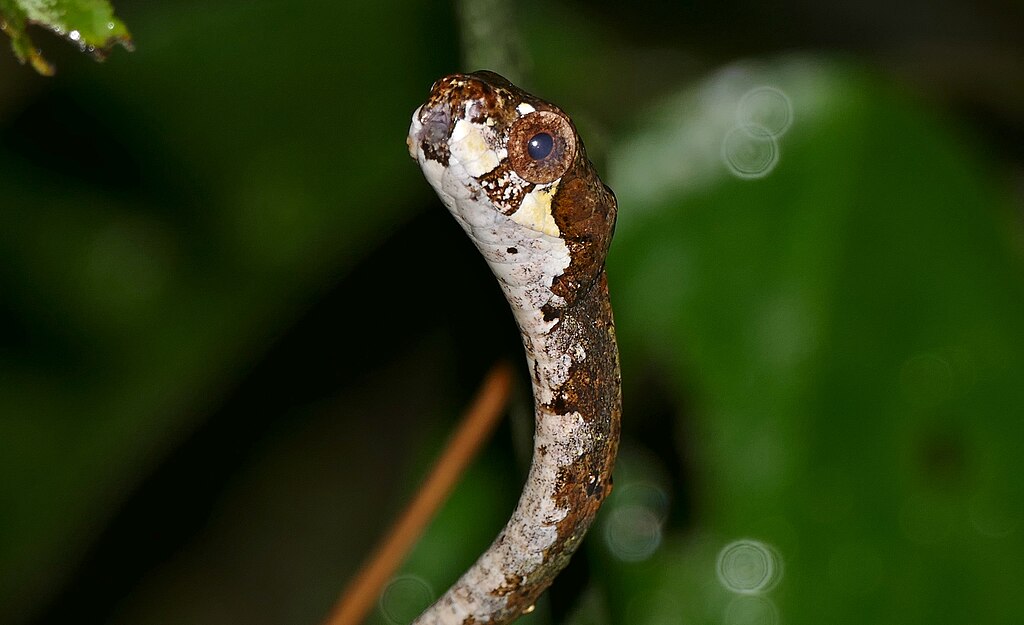
One of the primary reasons snakes gravitate toward disturbed soil is the sudden exposure of prey animals that were previously hidden underground. Many snake species feed on rodents, insects, worms, and other small creatures that make their homes beneath the soil’s surface. When humans dig up or disturb the earth, these prey animals are suddenly exposed, disoriented, or forced to relocate, making them particularly vulnerable to predation. Mice and voles that had established tunnel systems may suddenly find their protective cover removed, while earthworms, grubs, and insects are brought to the surface where they’re easier for snakes to detect and capture. This sudden buffet of accessible food represents an irresistible hunting opportunity for any snake in the vicinity, especially if they’ve been waiting for an easy meal.
Thermoregulation Benefits
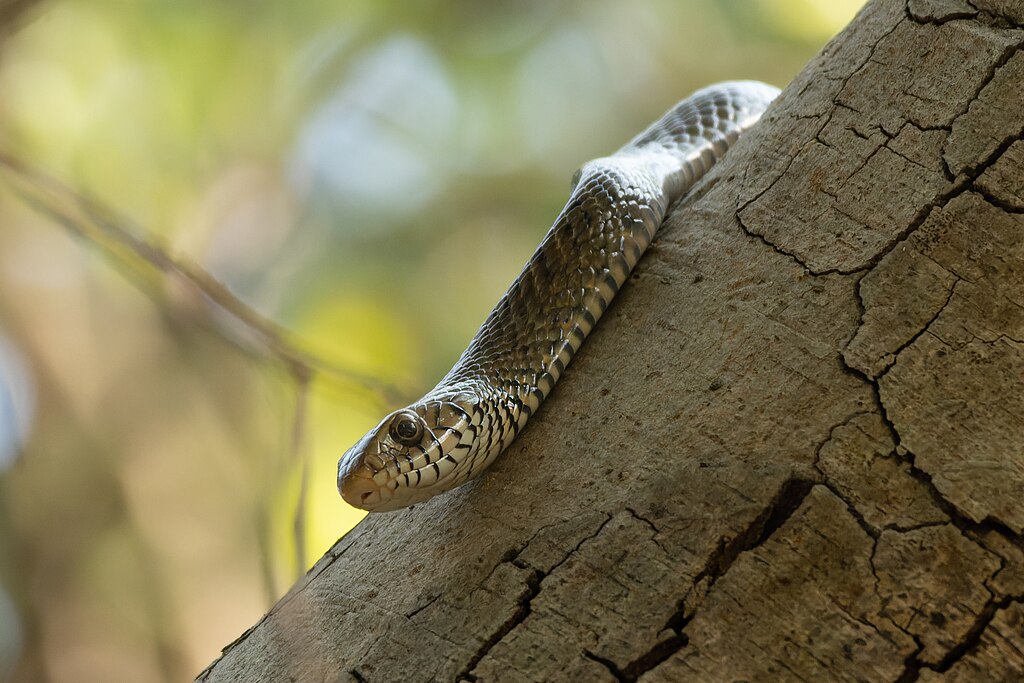
Snakes are ectothermic creatures, meaning they rely on external heat sources to regulate their body temperature, making disturbed soil particularly attractive for thermoregulation purposes. Freshly turned earth often has different thermal properties than undisturbed ground – it may warm more quickly in the sun or retain heat differently due to changes in density and moisture content. During cooler months, exposed darker soil absorbs more solar radiation and can provide valuable warming spots for snakes trying to raise their body temperature. Conversely, in extremely hot conditions, newly disturbed soil might reveal cooler subsurface layers that offer relief from scorching temperatures. This thermal advantage gives snakes precise control over their body temperature, which affects everything from their metabolic rate to their digestive efficiency and overall activity levels.
Shelter and Security Considerations

Disturbed soil often creates new microhabitats and hiding places that snakes find appealing for security reasons. The process of digging or moving earth frequently creates small cavities, crevices, and loose areas that make ideal temporary shelters for snakes seeking protection from predators or harsh weather conditions. These newly formed spaces provide the perfect balance of concealment while still allowing the snake to monitor its surroundings for potential threats or prey opportunities. Freshly disturbed soil is typically softer and more easily navigated than compacted ground, allowing snakes to quickly burrow if they need to escape danger or extreme temperatures. Additionally, areas of disturbed soil often attract other wildlife seeking similar advantages, creating a small ecosystem that can support a snake’s needs for both safety and sustenance.
Seasonal Factors Influencing Snake Appearance
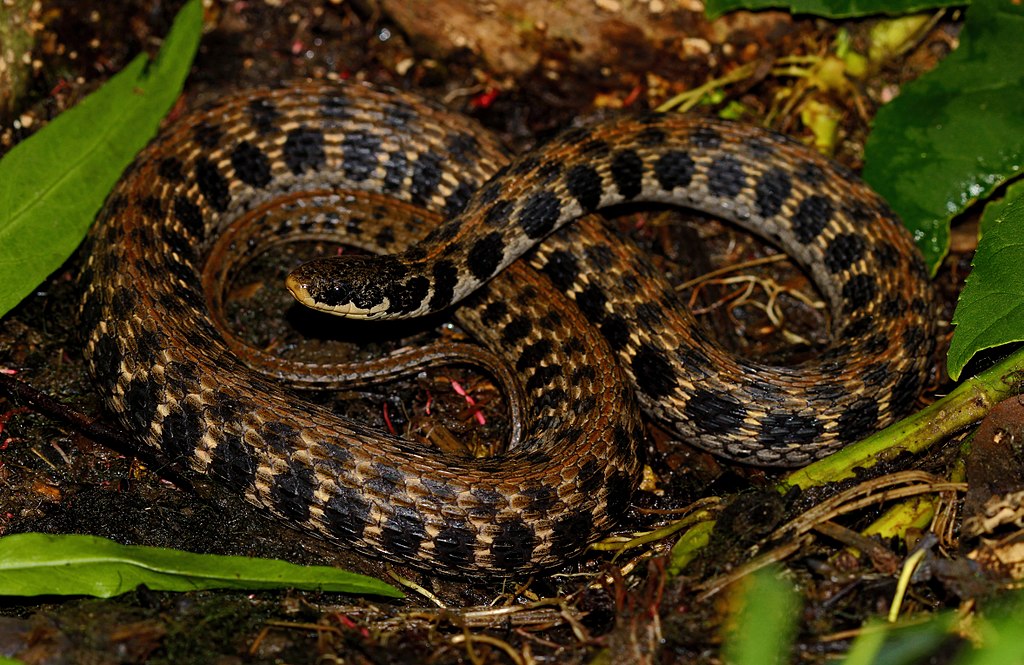
The time of year significantly impacts how likely snakes are to appear in areas of newly disturbed soil, with certain seasons showing dramatically higher activity levels. Spring disturbances tend to attract the most snakes as they emerge from winter brumation (a hibernation-like state) hungry and seeking mates, making them particularly responsive to any environmental changes that might signal food or new territory opportunities. During summer, especially during early morning or evening hours when temperatures are moderate, snakes may investigate disturbed areas while actively foraging. Fall soil disturbance might attract snakes seeking winter hibernation spots, as they’re drawn to loose soil that’s easier to navigate when creating or finding suitable overwintering dens. Understanding these seasonal patterns can help predict when soil disturbance is most likely to attract snake visitors and allow for appropriate precautions during high-activity periods.
Species-Specific Responses to Soil Disturbance

Not all snake species respond equally to soil disturbance, with some showing much stronger attraction to freshly turned earth than others based on their ecological niche and hunting strategies. Fossorial (burrowing) species like worm snakes, earth snakes, and some sand boas are particularly likely to appear when soil is disturbed because they spend much of their lives underground and are specially adapted for moving through substrate. Ground-dwelling hunters such as rat snakes, kingsnakes, and racers frequently investigate disturbed areas because they regularly patrol territory for prey that might be exposed by such activity. Conversely, primarily arboreal (tree-dwelling) species like vine snakes or some pythons generally show less interest in soil disturbance unless it happens to expose prey in their vicinity. Understanding which snake species are common in your region can help predict which types of soil disturbance are most likely to attract serpentine attention.
The Impact of Agricultural Practices
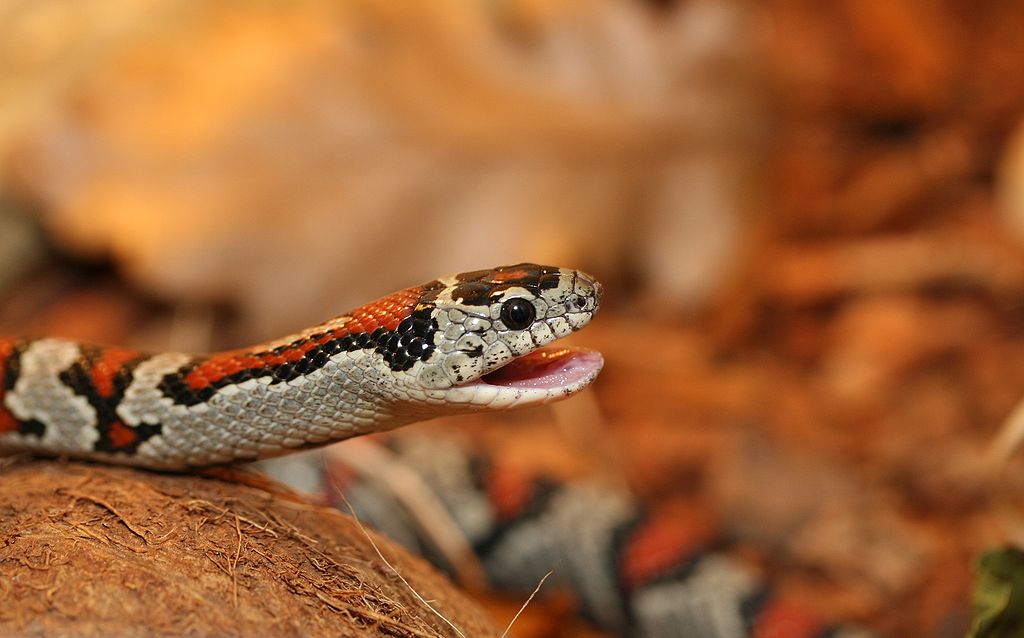
Modern agricultural practices create significant soil disturbance that can dramatically affect local snake populations and their behavior patterns around newly worked fields. Plowing, tilling, and harvesting operations not only disrupt the soil but also affect entire food webs, often initially attracting snakes as rodents and other prey are exposed during these processes. Many farmers report increased snake sightings immediately following major field operations, particularly during morning hours when snakes are actively hunting but temperatures remain moderate. Interestingly, sustainable agricultural practices like no-till farming and cover cropping tend to create more stable snake populations over time, as these methods support healthier ecosystems with consistent prey availability rather than the boom-and-bust cycles observed with conventional tillage. Some agricultural regions have even documented certain snake species following predictable patterns around seasonal cultivation activities, essentially incorporating human agricultural schedules into their hunting strategies.
Construction Sites as Snake Magnets
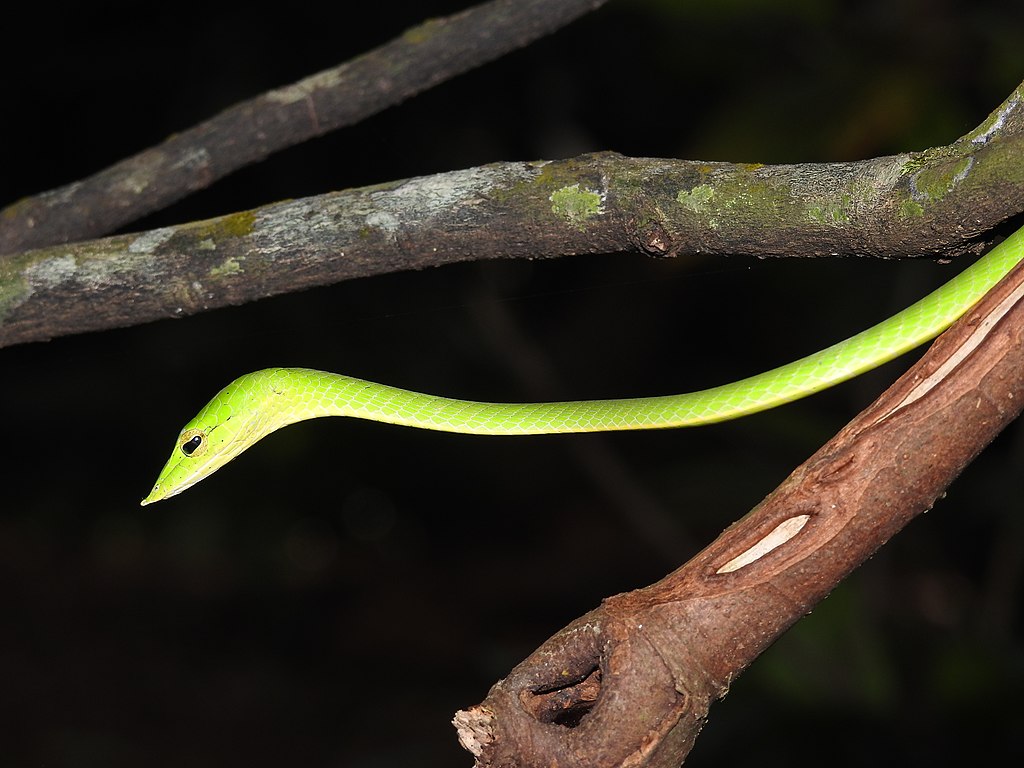
Construction projects that involve extensive excavation frequently report increased snake encounters, creating potential safety concerns for workers unfamiliar with snake behavior. The massive soil disturbance typical of foundation digging, land grading, and infrastructure installation creates perfect conditions for attracting snakes from surrounding areas, especially in previously undeveloped locations where snake populations may already be established. Construction sites offer an abundance of newly created hiding spots in the form of equipment, materials piles, and temporary structures that provide ideal shelter adjacent to freshly disturbed hunting grounds. Workers often inadvertently create attractive snake habitat through routine activities like moving stored materials or creating drainage areas with loose rock and soil. Many construction companies operating in snake-prone regions now implement specific safety protocols including protective footwear, site monitoring, and worker education to reduce the risk of negative snake encounters during development projects.
Gardening and Landscaping Considerations
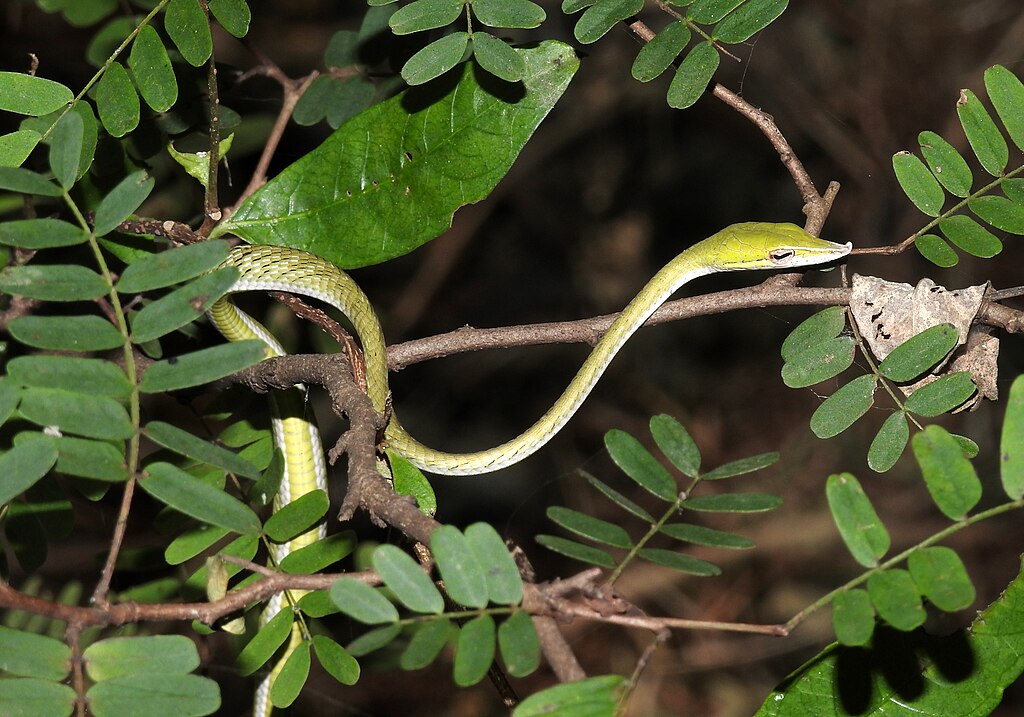
Home gardeners and landscapers frequently encounter snakes during soil preparation activities, making awareness of this attraction important for both safety and garden planning. Spring garden preparation coincides with increased snake activity in many regions, creating a perfect scenario for snake encounters as gardeners till beds, move mulch piles, or clean up winter debris. Certain gardening practices like deep mulching, composting, and creating brush piles inadvertently create ideal snake habitat by offering protected, prey-rich environments adjacent to areas of periodic soil disturbance. Many gardeners have learned to perform noisy or vibration-producing activities before beginning soil work to encourage snakes to temporarily vacate the area, reducing the likelihood of surprise encounters. Interestingly, many experienced gardeners come to appreciate the presence of certain non-venomous snake species as valuable pest control allies, recognizing their role in managing rodent and insect populations that might otherwise damage garden plantings.
The Role of Soil Moisture Content

The moisture level of disturbed soil significantly influences its attractiveness to different snake species, creating variable patterns of snake activity based on soil conditions. Many snake species are drawn to newly exposed moist soil because it generally indicates greater prey density, particularly earthworms, amphibians, and moisture-dependent insects that form an important part of many snakes’ diets. Disturbance that exposes previously buried moisture can be particularly attractive during drought conditions when snakes may struggle with dehydration and reduced prey availability in drier surface environments. Conversely, some desert-adapted snake species specifically seek out looser, disturbed dry soil because it allows easier movement and burrow creation in otherwise compacted environments. During extremely wet periods, higher areas of disturbed soil may attract snakes seeking elevated refuge from flooding or saturated ground conditions that make normal movement difficult.
Mitigating Unwanted Snake Encounters

For those concerned about attracting snakes during necessary soil disturbance activities, several effective strategies can minimize unwanted encounters while still respecting these animals’ ecological importance. Timing soil work during cooler parts of the day when snakes are less active, particularly in early spring or late fall when ambient temperatures reduce snake movement, can significantly decrease the likelihood of immediate attraction. Creating clear buffer zones around work areas by removing debris, tall grass, and brush piles eliminates transitional habitat that snakes use to approach disturbed soil safely. Some professional landscapers use commercially available snake repellents containing natural ingredients like clove oil or cinnamon oil around the perimeter of freshly disturbed areas, though scientific evidence for their effectiveness remains limited and results vary by species. Perhaps most importantly, maintaining awareness and using protective equipment like gloves, closed-toe boots, and tools for moving debris rather than hands can prevent accidental encounters even if snakes do investigate the disturbed area.
Ecological Benefits of this Behavior
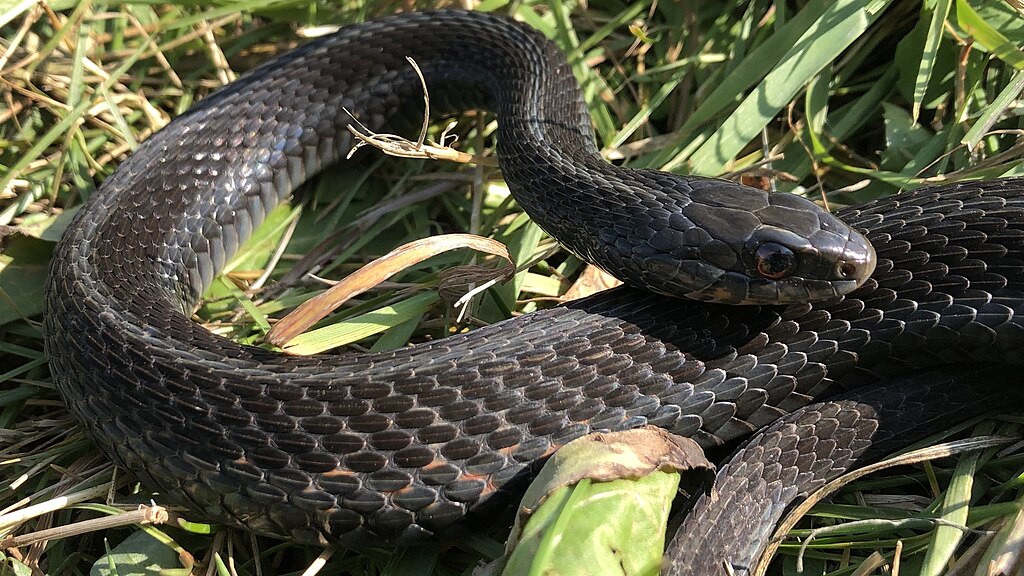
While many people view snake attraction to disturbed soil as problematic, this behavior actually provides significant ecological benefits that support healthier landscapes and gardens. Snakes drawn to newly worked areas often consume significant numbers of rodents and insects that might otherwise become garden or agricultural pests, providing natural and chemical-free pest management. Their feeding activities help prevent population explosions of prey species that might otherwise occur when soil disturbance initially exposes large numbers of these smaller animals. Additionally, as snakes move through loose soil, they create small tunnels and pathways that improve soil aeration and water penetration, contributing to better soil structure over time. Some research suggests that moderate snake activity in agricultural settings may even contribute to improved nutrient cycling as their waste products and the remains of their prey become incorporated into the soil, creating a subtle but valuable contribution to soil fertility.
Conclusion

The attraction of snakes to newly disturbed soil represents a fascinating intersection of reptile biology, ecological relationships, and human activities. Rather than random occurrences, these encounters reflect snakes’ sophisticated sensory capabilities and their opportunistic approach to finding food, shelter, and suitable environmental conditions. By understanding the complex factors that draw snakes to freshly worked earth—from prey availability and thermoregulation benefits to seasonal patterns and species-specific behaviors—we can better predict and manage these interactions. Whether you’re a gardener, farmer, construction worker, or homeowner, this knowledge allows for more informed decisions about when and how to disturb soil while minimizing unwanted encounters. More importantly, it helps us appreciate snakes not as nuisances but as valuable members of our ecosystems, responding naturally to environmental changes in ways that often benefit the very landscapes we’re working to cultivate or develop.

